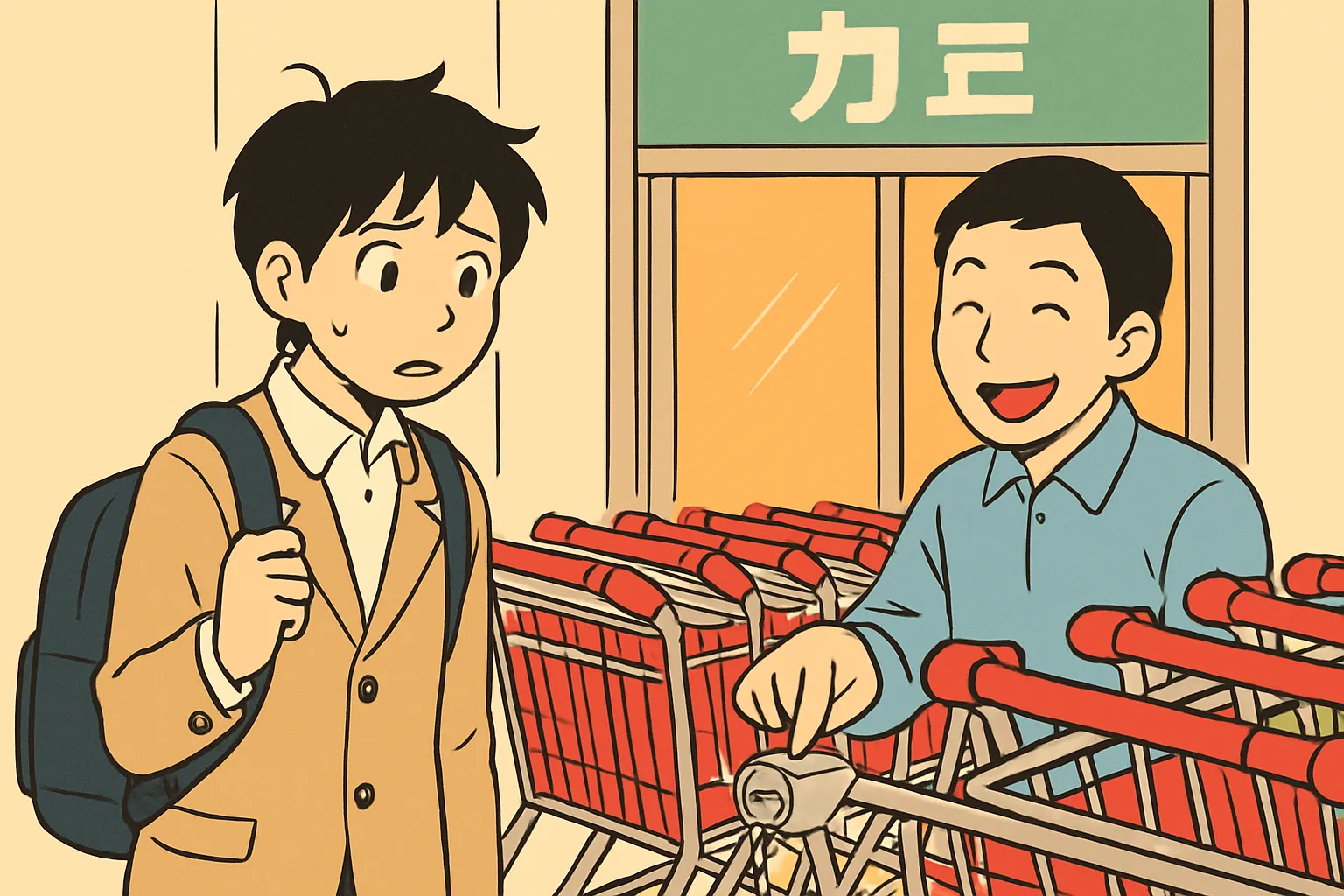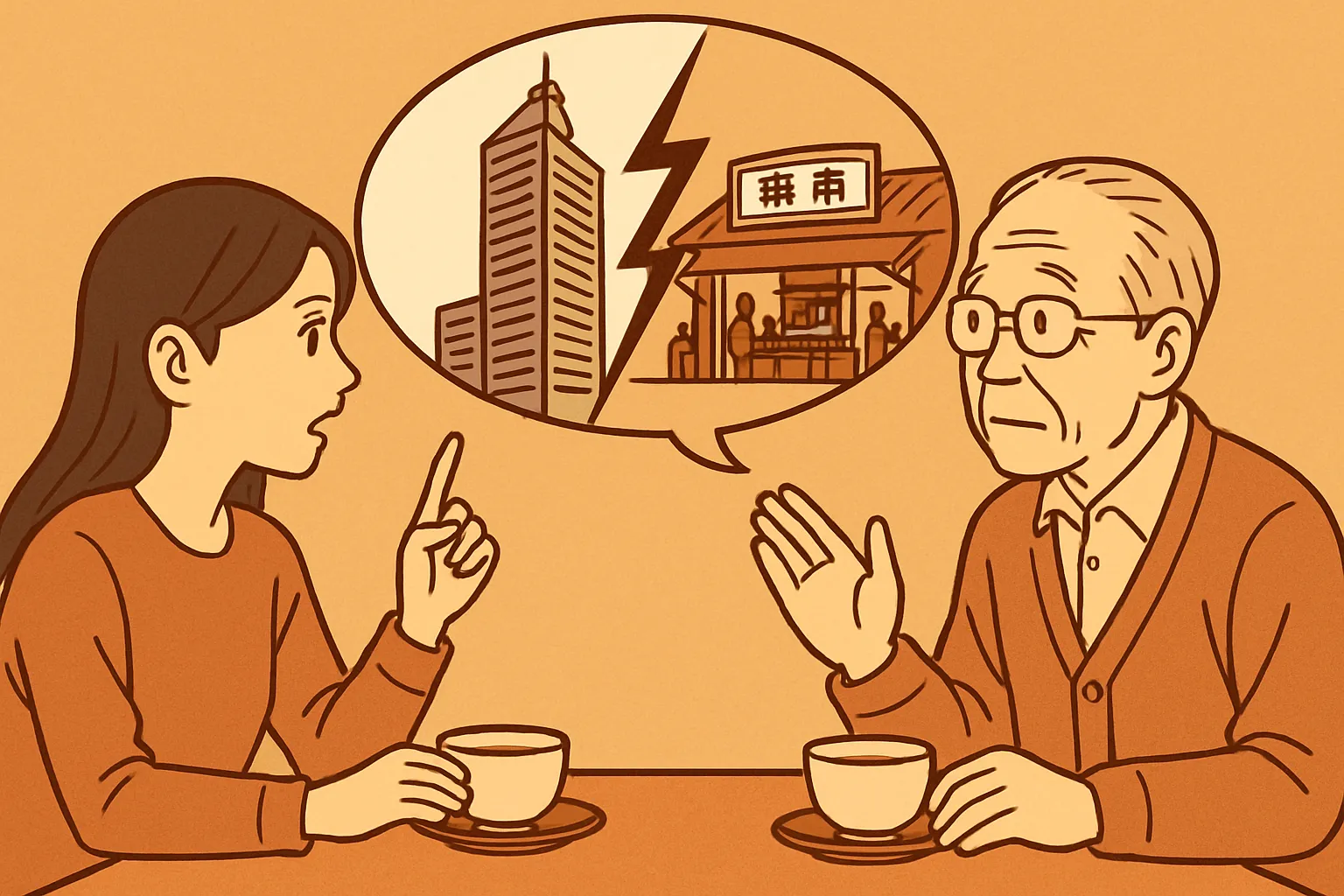Go Retro in Seoul: How to Mail a Postcard Like a Local!
Hello! Welcome to Maeil Hangeul (Daily Korean), where we upgrade your Korean skills! 😊
Are you traveling in Korea and want to send a special souvenir back home? Forget instant messages for a moment and let’s go analog! Today, we’re going to learn how to buy postcards and stamps in Korean.
These days in Korea, there’s a huge “Newtro” (뉴트로, New + Retro) trend! While DMs are fast, sending a physical postcard has become a cool and thoughtful way to share your travel memories, just like you see in your favorite K-dramas. It shows you put in extra thought and care. Let’s learn how to do it!
Core Expressions You Need to Know
Here are the essential phrases you’ll need at any post office or stationery shop.
- 한국어 표현: 엽서 (yeop-seo)
- 발음 [Romanization]: yeop-seo
- 영어 뜻: Postcard
- 상세 설명: This is the magic word you need! It’s a simple noun. You can find beautiful yeopseo not just at tourist sites, but also in cute stationery stores in neighborhoods like Hongdae or Insadong.
- 한국어 표현: 우표 (u-pyo)
- 발음 [Romanization]: u-pyo
- 영어 뜻: Stamp
- 상세 설명: You can’t send a postcard without a upyo! You’ll need to buy one at the post office (
우체국, u-che-guk) or sometimes at the same shop where you buy the postcard.
- 한국어 표현: … 있어요? (… isseo-yo?)
- 발음 [Romanization]: … isseo-yo?
- 영어 뜻: Do you have…? / Is there…?
- 상세 설명: This is one of the most useful patterns for travelers! Just put the noun you’re looking for in front of
있어요?to politely ask if it’s available. For example, “엽서 있어요?” (Do you have postcards?).
- 한국어 표현: … 주세요 (… ju-se-yo)
- 발음 [Romanization]: … ju-se-yo
- 영어 뜻: Please give me…
- 상세 설명: This is the key phrase for buying anything in Korea. It’s polite and direct. After pointing at what you want, just say
주세요. For example, “이거 한 장 주세요.” (Please give me one of this one). “이거” (i-geo) means “this,” and “한 장” (han jang) is the counter for one flat sheet-like object.
Let’s See It in Action! (Sample Dialogue)
Imagine you’re in a souvenir shop near Gyeongbok Palace.
- A (You): 안녕하세요. 엽서 있어요?
- (Annyeonghaseyo. Yeopseo isseo-yo?)
- Hello. Do you have postcards?
- B (Shopkeeper): 네, 여기 많이 있어요. 구경하세요.
- (Ne, yeogi mani isseoyo. Gugyeonghaseyo.)
- Yes, we have many right here. Please take a look.
- A (You): 와, 이 경복궁 엽서 예쁘네요. 이거 한 장 주세요.
- (Wa, i Gyeongbokgung yeopseo yeppeuneyo. Igeo han jang juseyo.)
- Wow, this Gyeongbok Palace postcard is pretty. Please give me one of this.
- B (Shopkeeper): 네. 2,000원입니다.
- (Ne. Icheon-won-imnida.)
- Okay. It’s 2,000 won.
- A (You): 아, 그리고 미국으로 보낼 우표도 살 수 있어요?
- (A, geurigo migug-euro bonael upyo-do sal su isseoyo?)
- Ah, and can I also buy a stamp to send to the USA?
- B (Shopkeeper): 우표는 우체국에서 사셔야 해요.
- (Upyo-neun uchegug-eseo sasyeoya haeyo.)
- You have to buy stamps at the post office.
Culture Tip & K-Trend Deep Dive
Why is “Newtro” so popular? In Korea’s super fast-paced, digital society, younger generations (like Gen Z) are finding joy in slower, more intentional hobbies. Writing a postcard is a perfect example of showing 정성 (jeong-seong), which means sincerity or heartfelt effort. It’s much more personal than a text!
Where to find the best postcards? While palace and museum gift shops are great, check out the independent art and stationery shops in areas like Hongdae, Yeonnam-dong, or Seongsu-dong. You’ll find unique postcards designed by local artists that truly capture the modern vibe of Seoul.
Pro Tip: Once you’ve written your postcard and put a stamp on it, look for the iconic 빨간 우체통 (ppalgan uchetong) – the bright red mailboxes on the street. Dropping your letter in one feels like a scene from a movie!
Let’s Review and Practice!
Great job today! You learned how to find and buy postcards (엽서) and stamps (우표) using essential phrases like ...있어요? and ...주세요.
Now, it’s your turn to practice!
- Fill in the blank: You want to ask the shopkeeper for two postcards. How would you say it?
엽서 두 장 _______. (yeopseo du jang _______.)
- Make a sentence: How would you ask, “Do you have stamps to send to Canada?”
(Hint: Canada is 캐나다, kae-na-da)
Leave your answers in the comments below! We’d love to see you try out today’s expressions. Happy travels and happy writing! 💌






